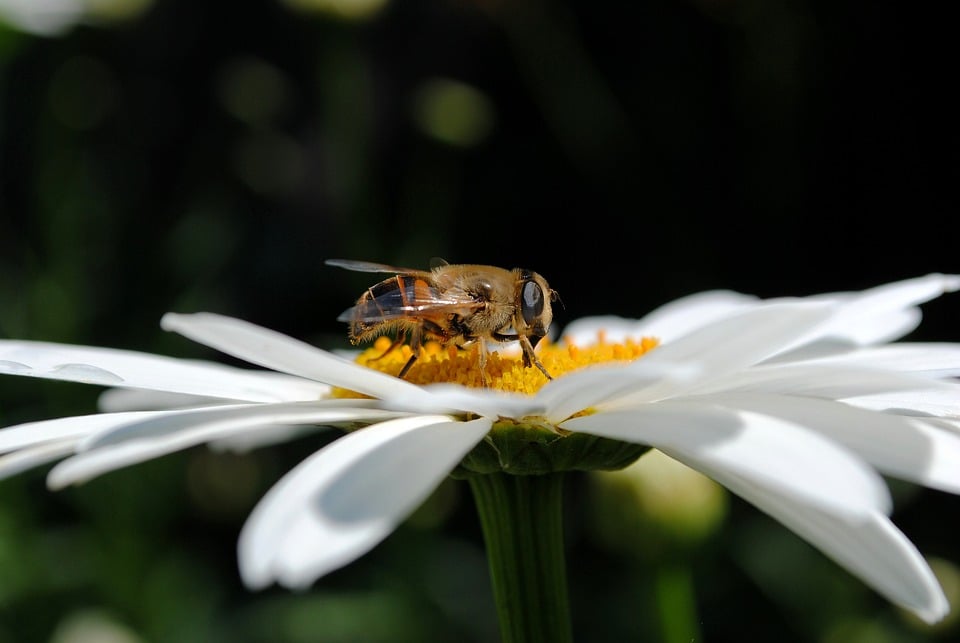Have you ever spent hours searching through a field, hoping to discover the elusive four-leaf clover? Many believe that finding one brings good luck, but what is the science behind this rare botanical phenomenon? In this article, we will explore the fascinating world of four-leaf clovers, from their historical significance to the current state of research and future predictions.
The History of Four-Leaf Clovers
Four-leaf clovers have been considered symbols of luck and good fortune for centuries. In ancient times, Celts believed that the four leaves of the clover represented faith, hope, love, and luck. Druids thought that carrying a four-leaf clover would enable them to see fairies and avoid evil spirits. As Christianity spread, the four-leaf clover became associated with the Holy Trinity, further solidifying its reputation as a symbol of luck.
The Science Behind Four-Leaf Clovers
Contrary to popular belief, four-leaf clovers are not a different species from their three-leaf counterparts. They are simply genetic mutations that occur in about 1 in every 5,000 clovers. The mutation responsible for the fourth leaf is rare and occurs when there is a genetic variation that produces an extra leaflet in the clover. This mutation is typically caused by environmental factors, such as soil conditions, weather patterns, and other external factors.
Genetic Makeup of Four-Leaf Clovers
– Four-leaf clovers typically have an extra leaflet due to genetic mutations.
– The mutation is rare and occurs randomly in about 1 in every 5,000 clovers.
– Environmental factors play a significant role in the formation of four-leaf clovers.
Identification of Four-Leaf Clovers
– Four-leaf clovers can be identified by their distinct shape, with four leaflets instead of the usual three.
– Looking for clovers in patches with multiple plants can increase the chances of finding a four-leaf clover.
– Utilizing visual aids like magnifying glasses or smartphone apps can help in identifying potential four-leaf clovers.
Current Research on Four-Leaf Clovers
In recent years, scientists have been studying the genetic mutations that lead to the formation of four-leaf clovers. By sequencing the genomes of both three-leaf and four-leaf clovers, researchers have been able to pinpoint the specific genes responsible for the mutation. This research has shed light on the mechanisms behind this rare occurrence and may lead to further insights into plant genetics and evolution.
Potential Applications of Four-Leaf Clover Research
– Understanding the genetic mutations in four-leaf clovers can help in breeding crops with desirable traits.
– Studying the environmental factors that lead to the formation of four-leaf clovers can provide insights into plant adaptation and survival strategies.
– Utilizing genetic engineering techniques based on four-leaf clover research may lead to breakthroughs in agriculture and biotechnology.
Future Predictions for Four-Leaf Clover Research
As technology continues to advance, we can expect further discoveries in the field of four-leaf clover research. Scientists may develop new methods for identifying genetic mutations in plants, paving the way for targeted breeding programs and genetic engineering techniques. This research could have far-reaching implications for agriculture, medicine, and environmental conservation.
Conclusion
In conclusion, the science behind finding a four-leaf clover is a fascinating field that combines genetics, botany, and luck. By understanding the genetic mutations and environmental factors that lead to the formation of four-leaf clovers, researchers can unlock valuable insights into plant biology and evolution. As we continue to unravel the mysteries of these rare botanical wonders, we may uncover new applications and technologies that benefit society as a whole. So next time you go searching for a four-leaf clover, remember that there is more to it than just luck – there is science at work. Thank you for reading and happy clover hunting!
For further exploration:
– “The Secret Life of Plants” by Peter Tompkins and Christopher Bird
– “Plant Genetics and Breeding” by George Acquaah
